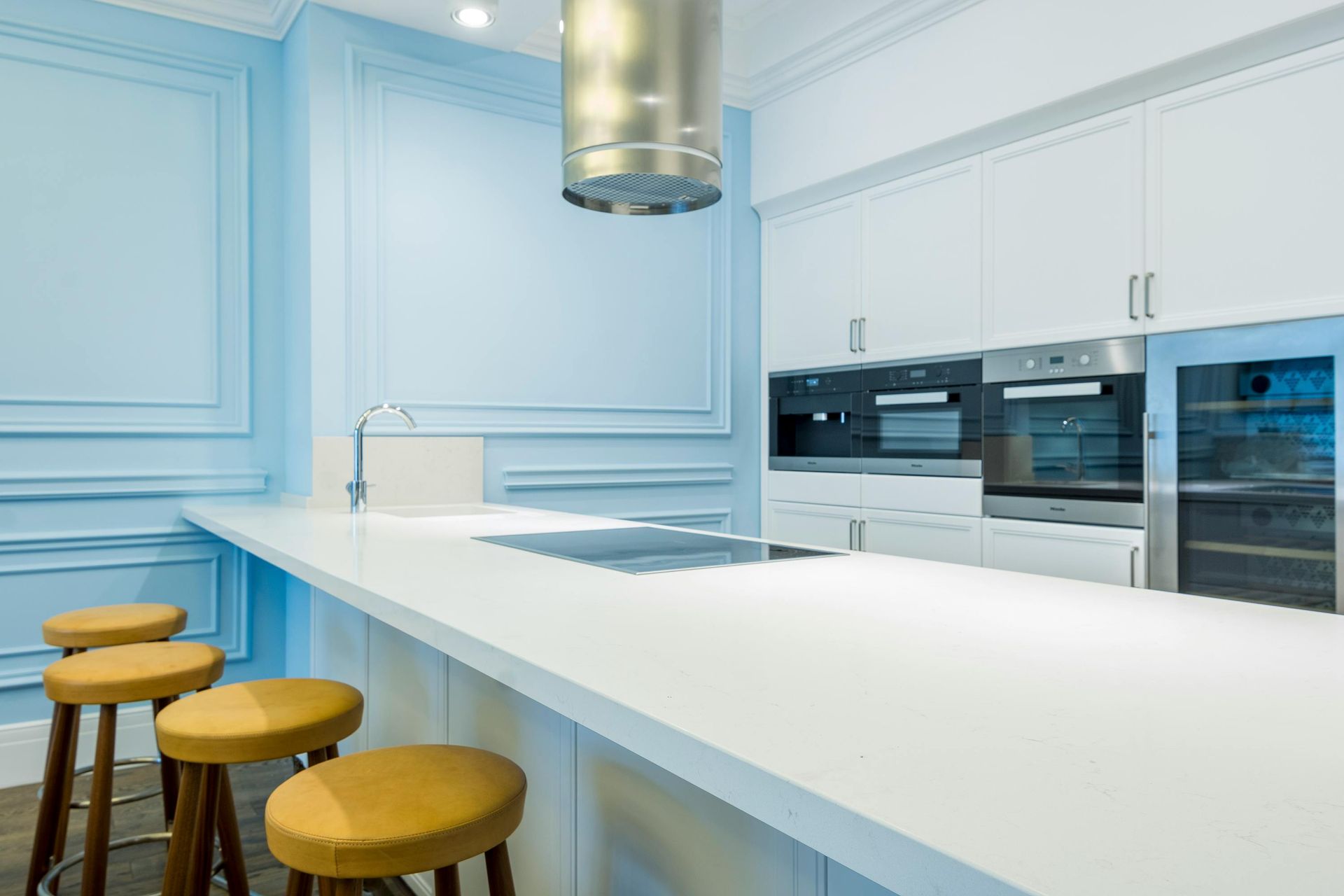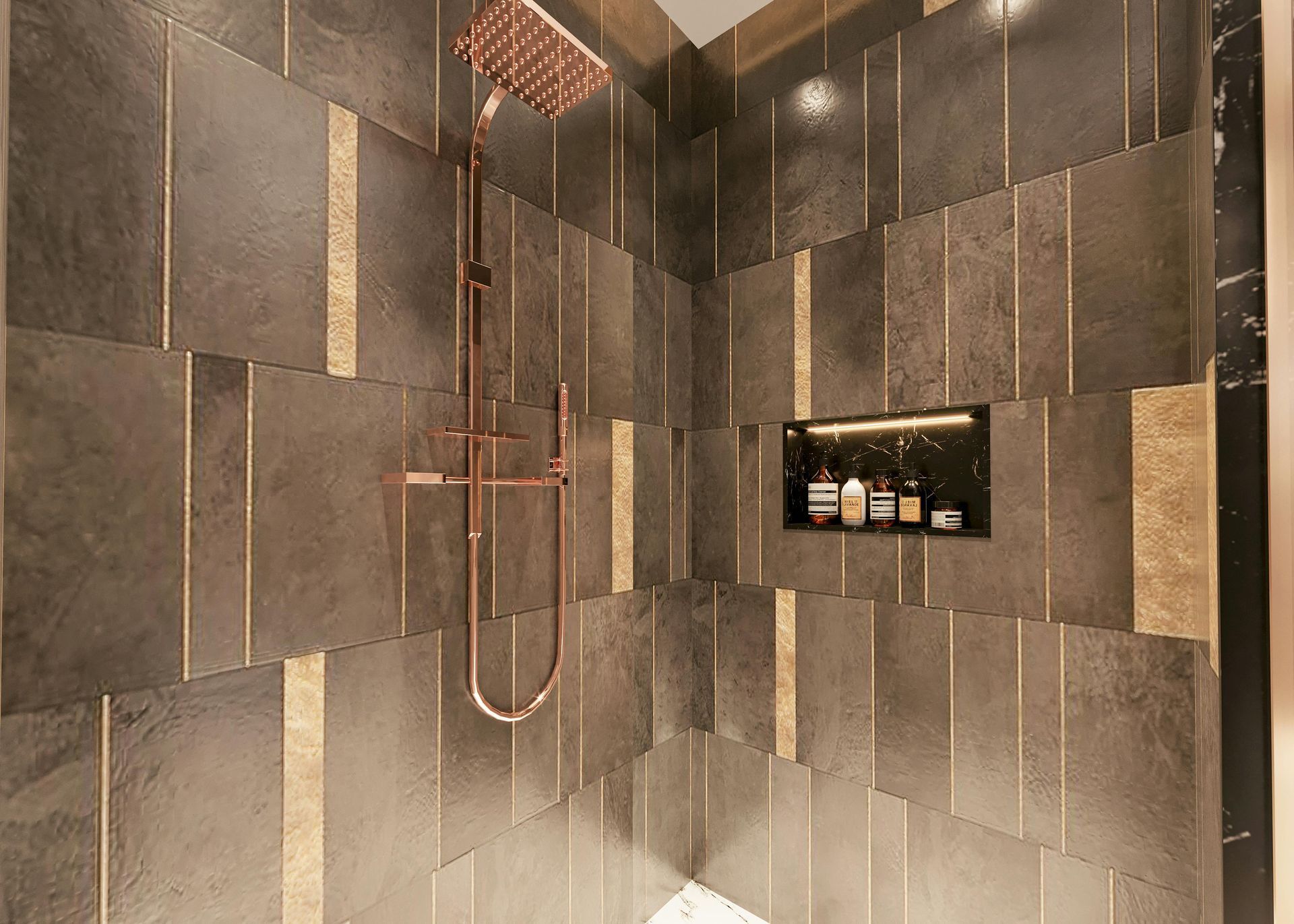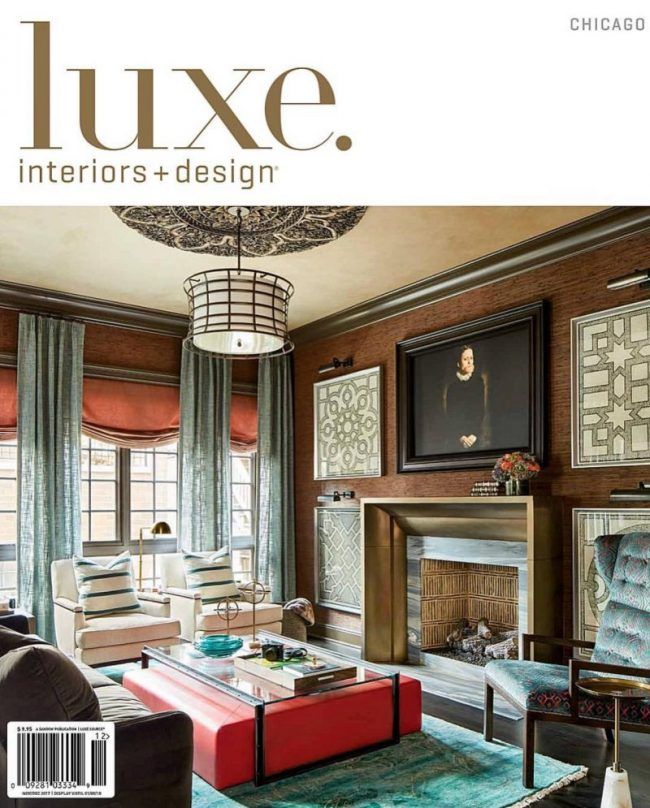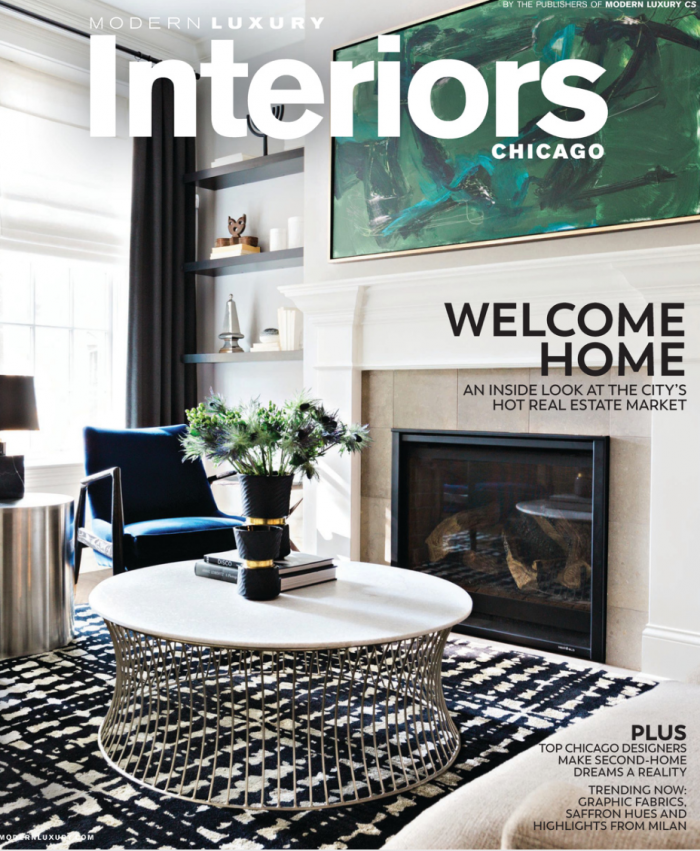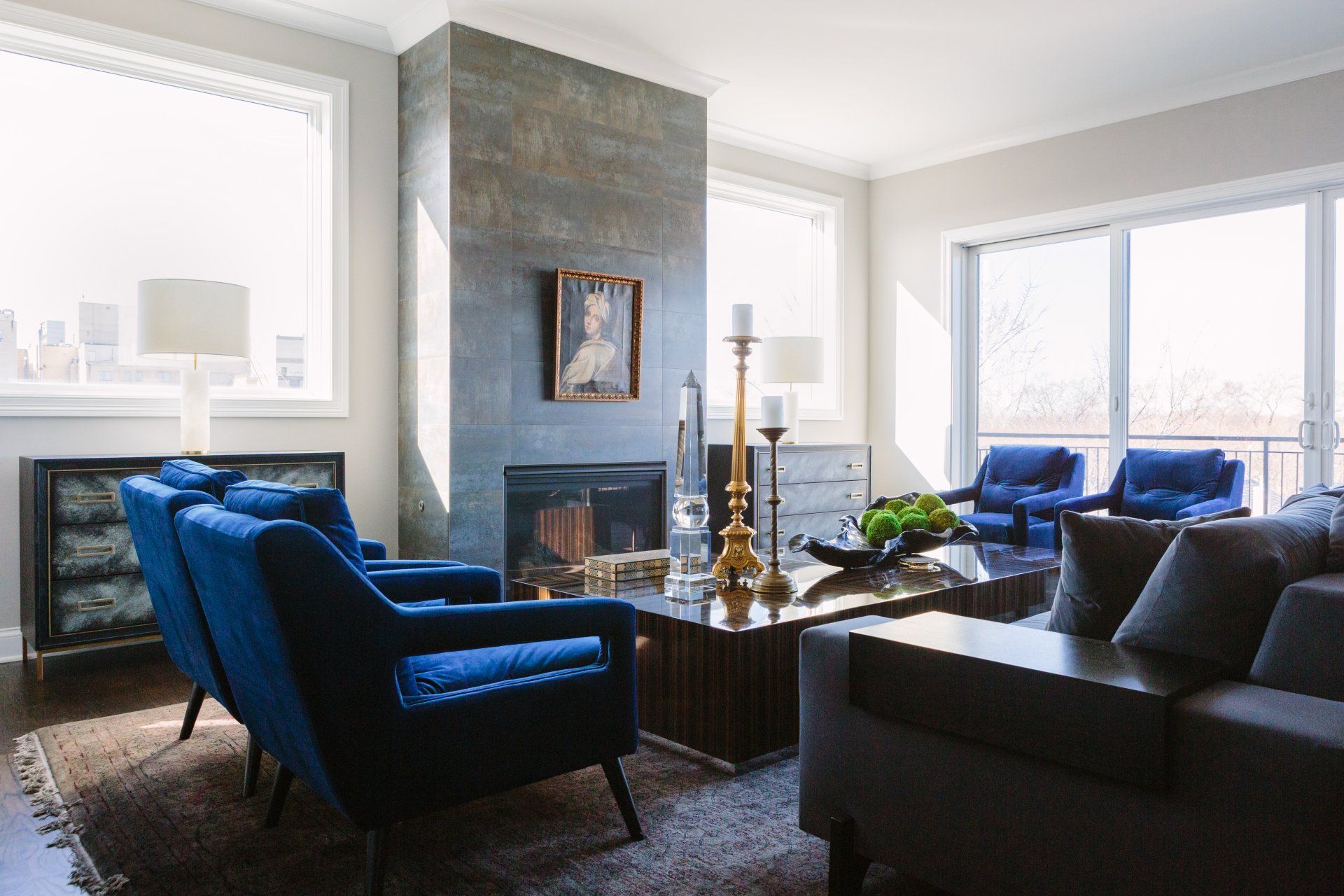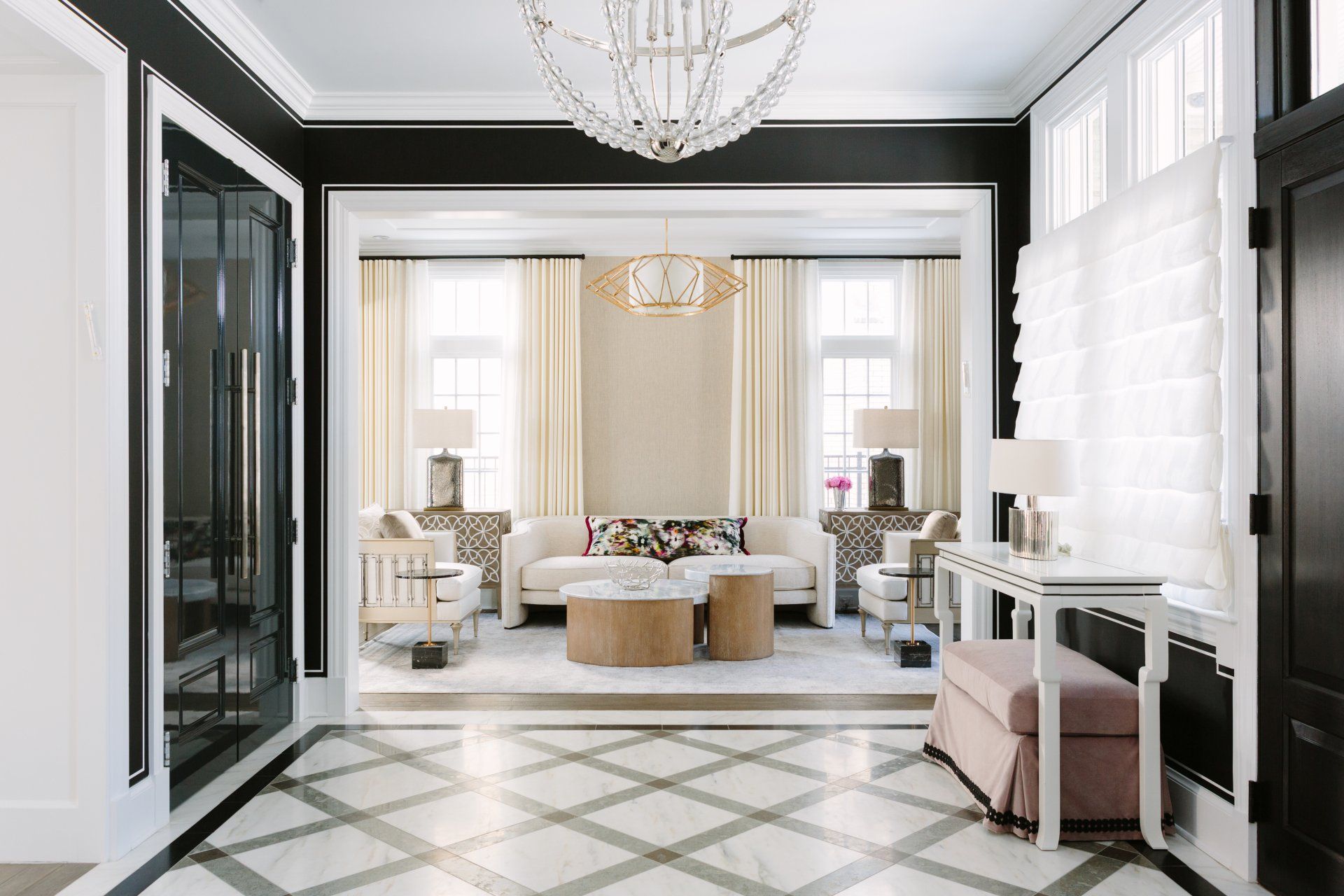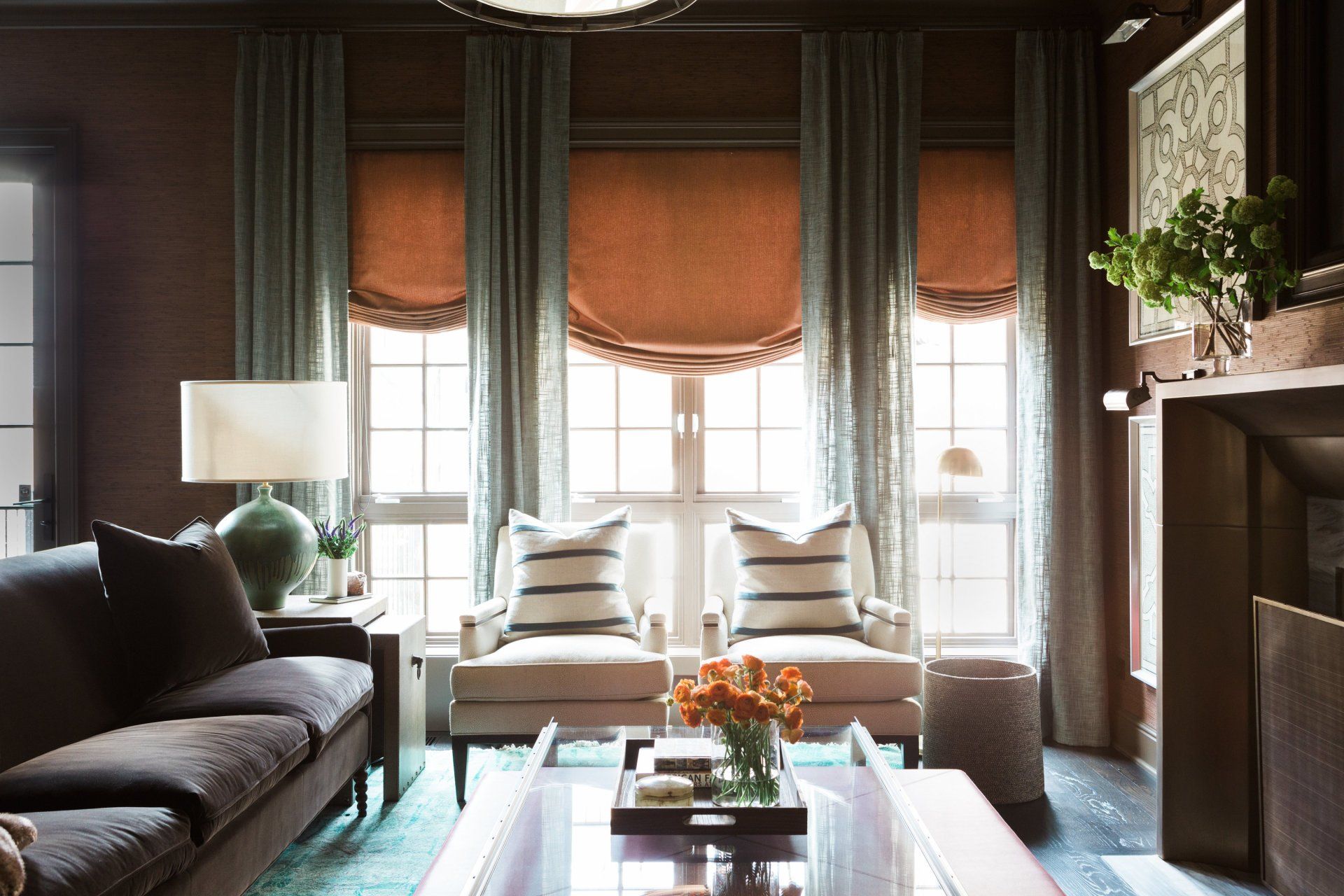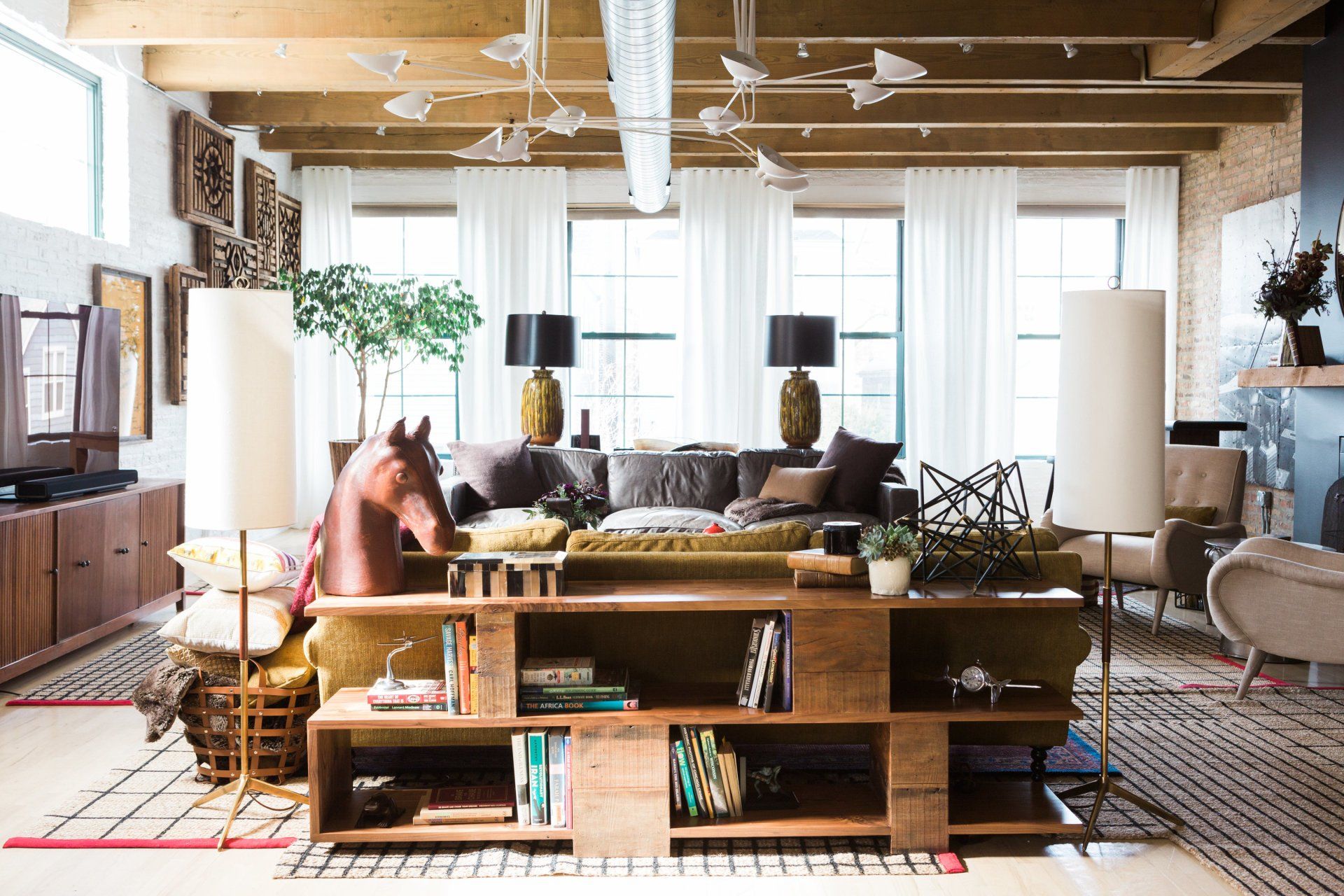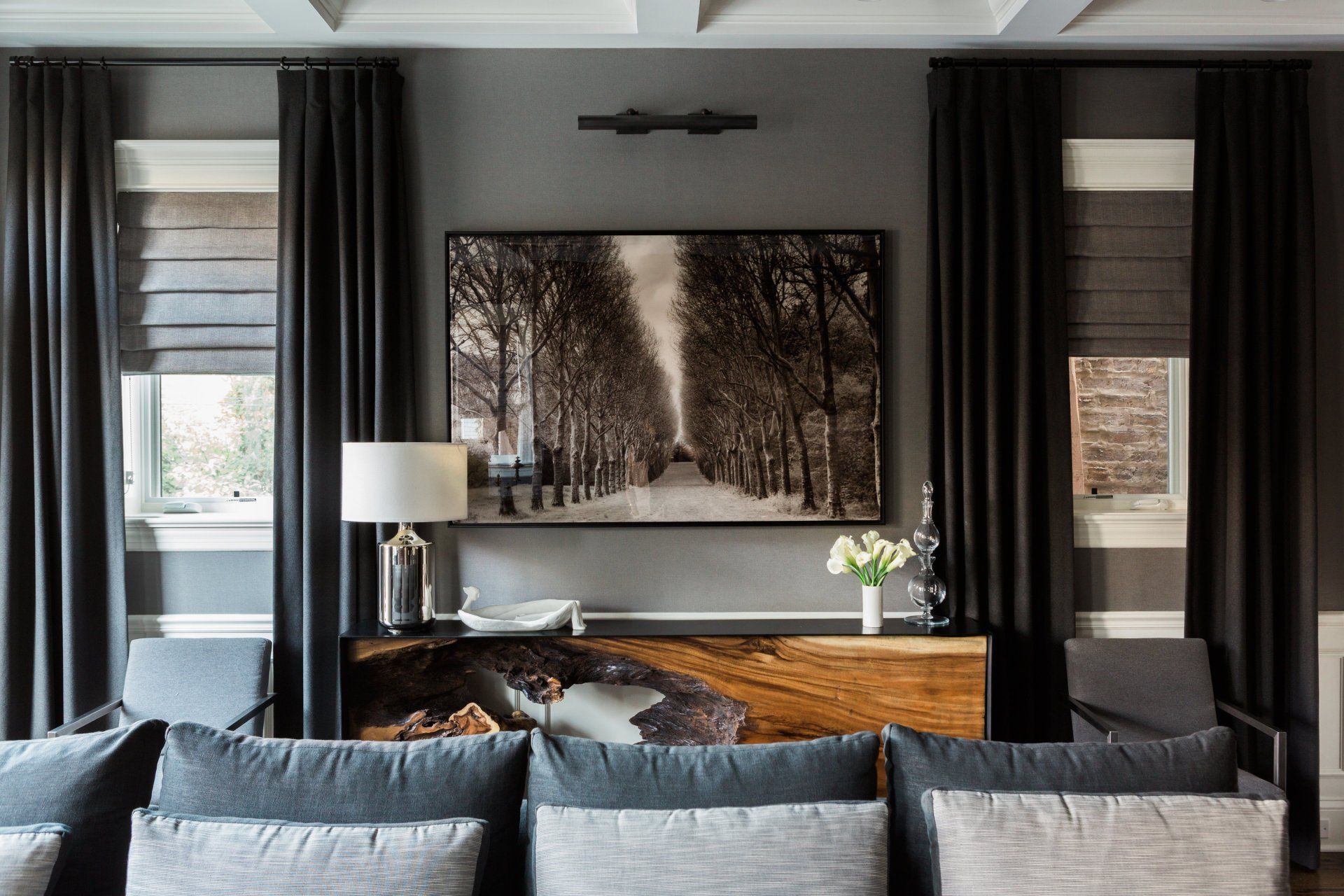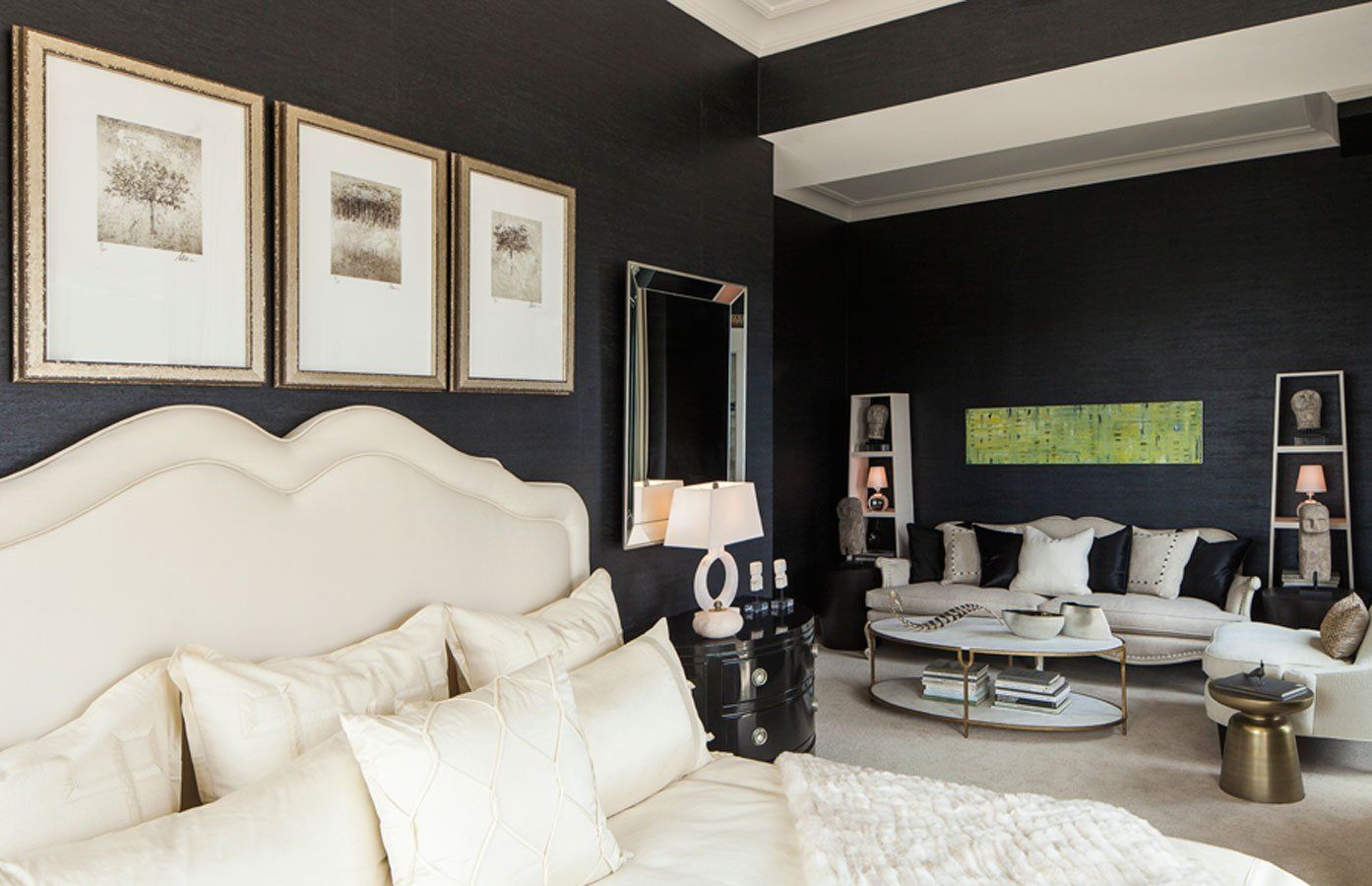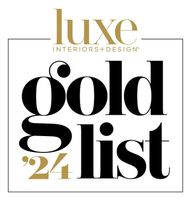December 30, 2025
Countertops are taking center stage in 2026 with bold designs and practical innovations. Homeowners can mix timeless natural stones with modern engineered surfaces. Trends focus on texture, seamless designs and colors that complement any style. Quartzite, quartz and porcelain offer durability without sacrificing elegance. Choosing the right finish and layout can instantly elevate the appearance of your kitchen or bathroom. Countertop Trends Defining 2026 From bold natural patterns to tactile textures, countertops will become a focal point of kitchen and bathroom design in the new year. 1. Quartzite — The Natural Stone Star The popularity of quartzite is growing, with homeowners seeking natural elegance and lasting durability. Its strength and beauty make it ideal for kitchens, bathrooms and even feature walls. This natural stone is available in a variety of colors and patterns, offering you creative freedom to match any style. Low-maintenance and heat-resistant, quartzite combines luxury with practicality for every home. Since 1989, Modul Marble has been a top supplier of quartzite slabs in LA. It sources high-quality quartzite slabs from around the world, ensuring each piece is one-of-a-kind and of exceptional quality. Its experts help homeowners pick the best stone for their project. Its quartzite slabs are carefully selected from quarries worldwide, ensuring each piece is unique and full of character. The team guides homeowners in choosing the perfect quartzite slab for their style and needs, offering many options to buy quartzite slabs in LA. 2. Warm and Earthy Tones Warm neutrals — such as sandy beiges, creams, taupes, and rich browns — are replacing sterile whites and cool grays. These shades can create inviting, sophisticated and timeless kitchens. Typically, manufactured surfaces now replicate natural stone patterns beautifully, featuring bold veining and earthy hues. Countertops seem to have become a striking focal point, defining the space. Exclusive Stone, Inc. has served the Chicago area, specializing in quartz, granite and marble countertops. Options include warm and earthy tones such as fair crema marfil and giallo crystal. The team provides expert guidance on material selection, custom designs and fast installations. 3. Honed and Textured Finishes Honed and textured countertops are gaining popularity for their soft look and everyday practicality. Finishes like honed and leathered can reduce glare and conceal smudges, scratches and fingerprints more effectively than polished surfaces. Textured finishes may also add depth and character, turning countertops into subtle design features. Its advantages can include the tactile feel and forgiving nature of these materials, especially in busy kitchens and bathrooms. Pinnacle Stone Restoration provides polished, honed, textured, cleaned and sealed countertops. It caters to both residential and commercial properties in the Chicago region. Its services include countertop refinishing and repair, featuring leathered, antiqued or textured finishes for a distinctive, upscale look on marble, quartzite and granite. 4. Seamless Slabs and Full-Slab Backsplashes Seamless slabs and full-slab backsplashes can create a clean, uninterrupted look in modern kitchens. Extending the same material upward adds visual impact while making spaces feel larger and more refined. This design can also reduce grout lines, making cleaning and long-term maintenance more straightforward. Moderno Porcelain Works offers large-format porcelain slabs ideal for seamless countertops and backsplashes. Its ultra-compact slabs allow expansive designs with minimal seams and precise detailing. With expert fabrication and proprietary installation methods, Moderno delivers flawless results from planning to installation. 5. Farewell to the Waterfall Edge In 2026, many designers are moving away from waterfall edges in favor of softer, more residential-friendly designs. The dramatic look now feels overly modern and less practical for everyday living. Skipping the waterfall edge can also reduce material costs without sacrificing style. Homeowners may gain flexibility while focusing on function, warmth and timeless appeal. LA Custom Granite Quartz Marble Countertops designs integrated drainboards, waterfall edges, mitered aprons and various custom features, improving the functionality and aesthetics of countertops. The team collaborates with clients to develop unique layouts, which may include integrated sinks, backsplashes and waterfall edges. It accommodates unconventional shapes and thickness requirements to suit specialized areas. The team's expertise guarantees that every edge detail appears intentional and refined. Elevate Your Surfaces in 2026 Countertops in 2026 blend beauty, durability and innovation like never before. From the natural elegance of quartzite to the sleek practicality of engineered quartz, each material offers unique ways to enhance your kitchen or bathroom. Thoughtful choices in texture, finish and layout let you create spaces that are both functional and visually stunning. Whatever your style, these trends provide endless inspiration to transform your home with surfaces that last and impress.
